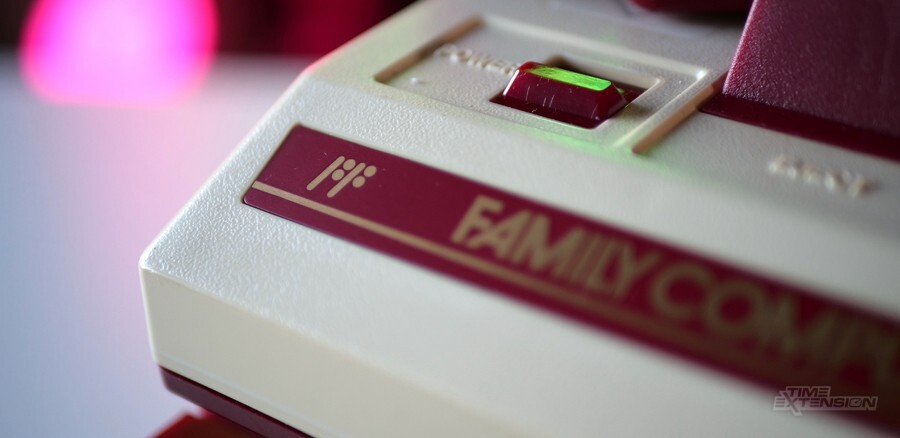
Update [Fri 7th Apr, 2023 09:35 BST]: As @gosokkyu has spotted on Twitter, it appears the book series has now been pulled from print and recalled, with no plans for a revision at this time. This news comes after the book was removed from sale on Amazon last month.
Original Article [Wed 15th Feb 2023 16:35 GMT]: A series of books on the history of video games has been causing quite a stir in the Japanese retro community in recent weeks (as spotted by @gosokkyu).
The publisher Kodansha released the book series called "ゲームの歴史 1-3" (loosely translated to "The History of Games 1-3") from author Natsumi Iwasaki back in November of last year. However, over the last couple of weeks, many Japanese video game fans have taken to criticizing the series in blogs and on Twitter, with the purpose of highlighting a number of frustrating inaccuracies and myths present within its pages.
In one blog post, for instance, the Twitter user @snapwith highlights a section from the series that erroneously claims the Brookhaven National Laboratory (where "Tennis For Two" was developed) was a site used for developing nuclear weapons, when in fact, it was for research on nuclear power and particle physics. This mistake likely appears due to confusion about Tennis For Two creator William Higinbotham's earlier work at the Los Alamos National Laboratory, where his team helped develop the electronics for the first Atomic Bomb.
In addition to this, another Twitter user named @oroti_famicom drew attention to the appearance of a popular Famicom myth within its pages. This myth alleges that the Famicom's colours were red and white due to the plastic being cheaper to produce. This is a famous myth that the Nintendo hardware designer Masayuki Uemura himself debunked in a 2013 interview with the Japanese publication Weekly Playboy (as covered at the time by Kotaku). In that interview, Uemura stated that the real reason for the colours was because of a red scarf that former Nintendo president Hiroshi Yamauchi was known to wear.
The author has since promised on Twitter to correct some of these errors in an upcoming reprint, but that hasn't stopped fans from commenting on their research methods.
As gosokkyu points out in their original thread, what's so interesting about this controversy is how in the West, there are countless inaccurate books about video game history published almost fortnightly, but they're mostly ignored in favour of more quality efforts. Here, however, it seems to have struck a nerve with the Japanese retro community, who are doing what they can to fight back against this misinformation. A big reason for this is that the publisher is large enough that the series is starting to appear in schools and other places of education.
